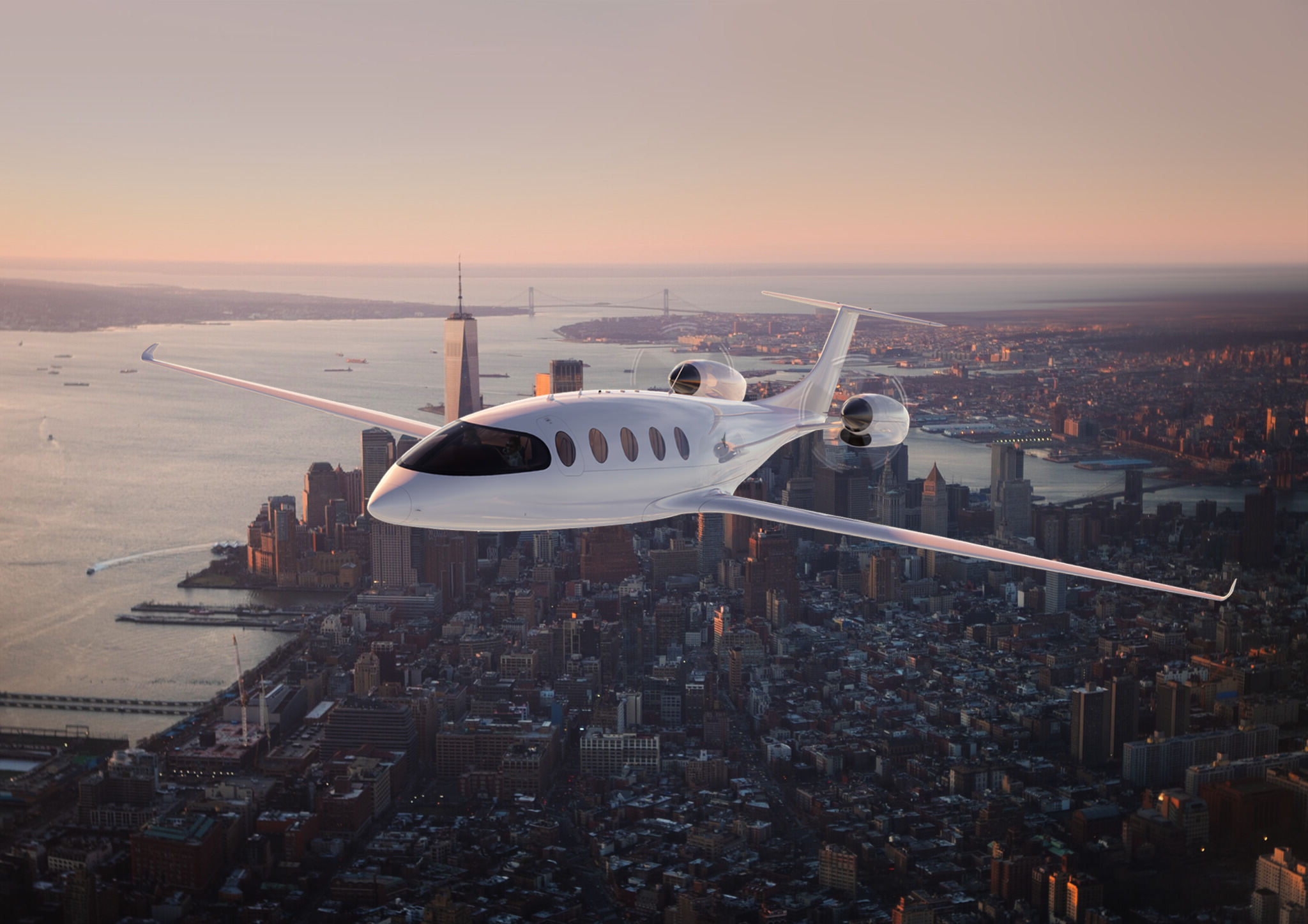
Electric planes are not just a futuristic dream; they are rapidly becoming a reality. These innovative aircraft promise to revolutionize air travel by offering a cleaner, quieter, and more efficient alternative to traditional planes. But what exactly makes electric planes so special? Electric planes use electric motors powered by batteries instead of conventional jet engines, reducing carbon emissions and noise pollution. They also have fewer moving parts, which can lead to lower maintenance costs and increased reliability. As technology advances, the range and capabilities of these aircraft continue to improve, making them a viable option for short-haul flights. Curious to learn more? Here are 20 fascinating facts about electric planes that highlight their potential to change the way we fly.
The Rise of Electric Planes
Electric planes are gaining attention as a cleaner alternative to traditional aircraft. These innovative machines promise to revolutionize air travel by reducing carbon emissions and noise pollution. Let's dive into some fascinating facts about electric planes.
-
Electric planes produce zero emissions. Unlike conventional planes that burn fossil fuels, electric planes run on batteries, resulting in no greenhouse gas emissions during flight.
-
They are quieter than traditional aircraft. Electric motors generate less noise compared to jet engines, making electric planes a quieter option for both passengers and people living near airports.
-
Electric planes can reduce operating costs. With fewer moving parts and lower fuel costs, electric planes can be cheaper to maintain and operate over time.
-
The first electric plane flew in 1973. The MB-E1, developed by Heino Brditschka, was the first manned electric aircraft to take flight, marking the beginning of electric aviation.
-
Battery technology is crucial. The performance of electric planes heavily depends on advancements in battery technology, which continues to improve, allowing for longer flights and more powerful aircraft.
Innovations in Electric Aviation
Electric aviation is a rapidly evolving field with many exciting developments. Here are some key innovations driving the industry forward.
-
Hybrid-electric planes are a stepping stone. Combining electric motors with traditional engines, hybrid-electric planes offer a practical solution for longer flights while still reducing emissions.
-
Vertical takeoff and landing (VTOL) capabilities. Some electric planes are designed with VTOL capabilities, allowing them to take off and land in tight spaces, making them ideal for urban environments.
-
Solar-powered electric planes. Solar panels can be integrated into the wings of electric planes, providing an additional energy source and extending flight times.
-
Autonomous electric planes. Advances in artificial intelligence and automation are paving the way for self-flying electric planes, potentially increasing safety and efficiency.
-
Electric planes for regional travel. Short-haul flights are a perfect fit for electric planes, as they can cover regional distances without the need for large batteries.
Challenges Facing Electric Planes
Despite their potential, electric planes face several challenges that need to be addressed. Here are some of the main obstacles.
-
Limited battery capacity. Current battery technology limits the range and payload capacity of electric planes, making long-haul flights challenging.
-
Long charging times. Recharging batteries can take significantly longer than refueling with traditional aviation fuel, impacting turnaround times.
-
Weight of batteries. Batteries are heavy, and adding more to increase range can negatively affect the plane's performance and efficiency.
-
Infrastructure development. Airports and other facilities need to be equipped with charging stations and other infrastructure to support electric planes.
-
Regulatory hurdles. New regulations and certifications are required for electric planes, which can slow down their adoption and deployment.
The Future of Electric Planes
The future of electric planes looks promising, with many companies and researchers working on innovative solutions. Here are some exciting prospects for the future.
-
Increased range and efficiency. Ongoing research aims to develop lighter, more efficient batteries, which will enable electric planes to fly longer distances.
-
Wider adoption in commercial aviation. As technology improves, electric planes are expected to become more common in commercial aviation, reducing the industry's carbon footprint.
-
Electric air taxis. Companies are developing electric air taxis for urban transportation, offering a fast and eco-friendly alternative to traditional ground transport.
-
Government support and incentives. Many governments are providing funding and incentives to support the development and adoption of electric planes, accelerating progress in the field.
-
Collaborations and partnerships. Collaboration between aviation companies, tech firms, and research institutions is driving innovation and helping to overcome the challenges facing electric planes.
The Future of Electric Planes
Electric planes are not just a dream anymore. They’re becoming a reality, changing how we think about air travel. These planes promise cleaner skies, quieter flights, and lower operating costs. With advancements in battery technology and increased investment, the aviation industry is on the brink of a significant transformation.
Major companies are already testing electric aircraft, and some short-haul flights could soon be powered by electricity. This shift could reduce carbon emissions and make flying more sustainable. While challenges like battery weight and range still exist, ongoing research is paving the way for solutions.
Electric planes represent a step forward in the quest for greener transportation. As technology evolves, we can expect to see more electric aircraft taking to the skies, making air travel more eco-friendly and efficient. The future of aviation looks bright, and electric planes are leading the charge.
Was this page helpful?
Our commitment to delivering trustworthy and engaging content is at the heart of what we do. Each fact on our site is contributed by real users like you, bringing a wealth of diverse insights and information. To ensure the highest standards of accuracy and reliability, our dedicated editors meticulously review each submission. This process guarantees that the facts we share are not only fascinating but also credible. Trust in our commitment to quality and authenticity as you explore and learn with us.


